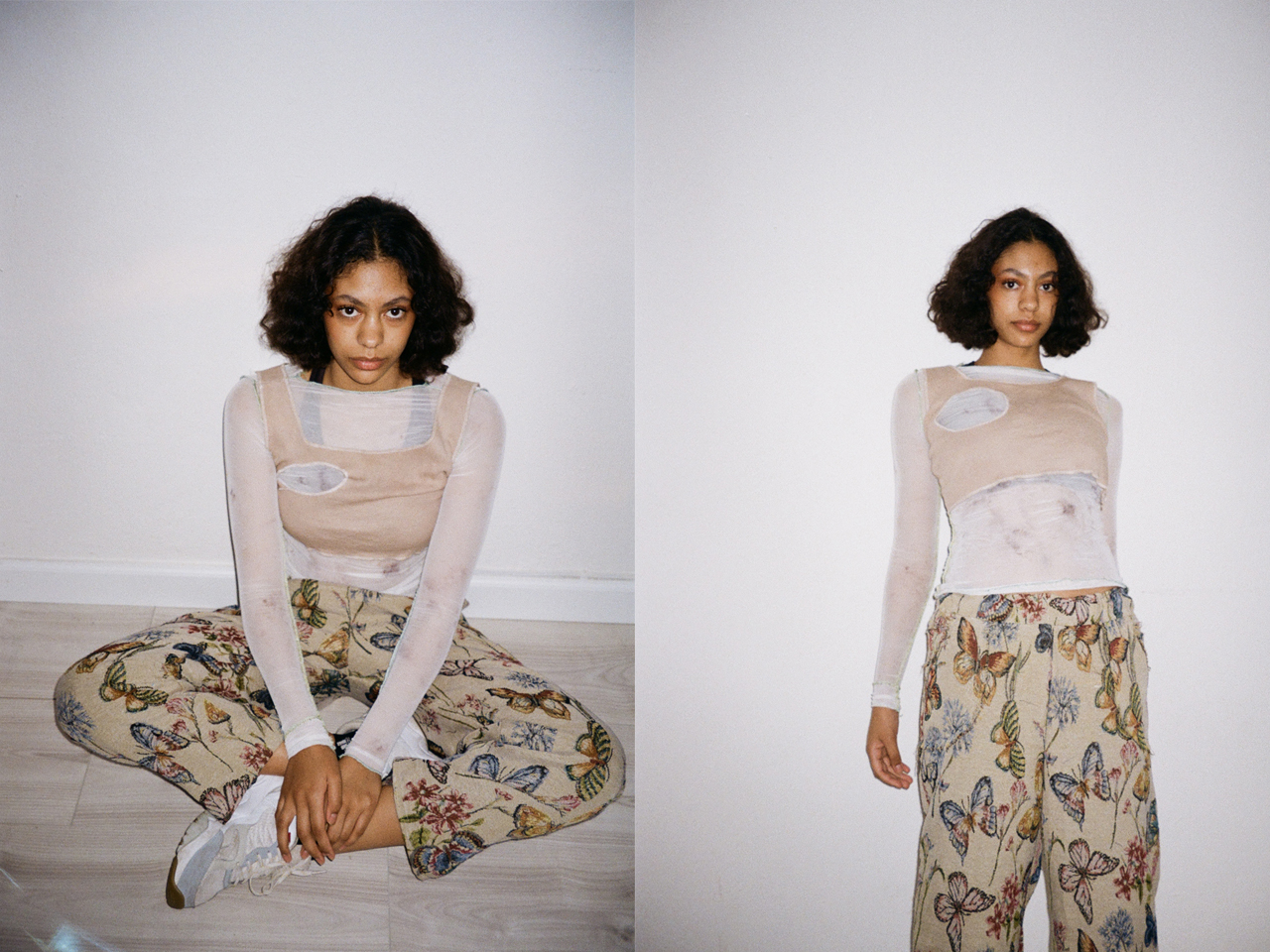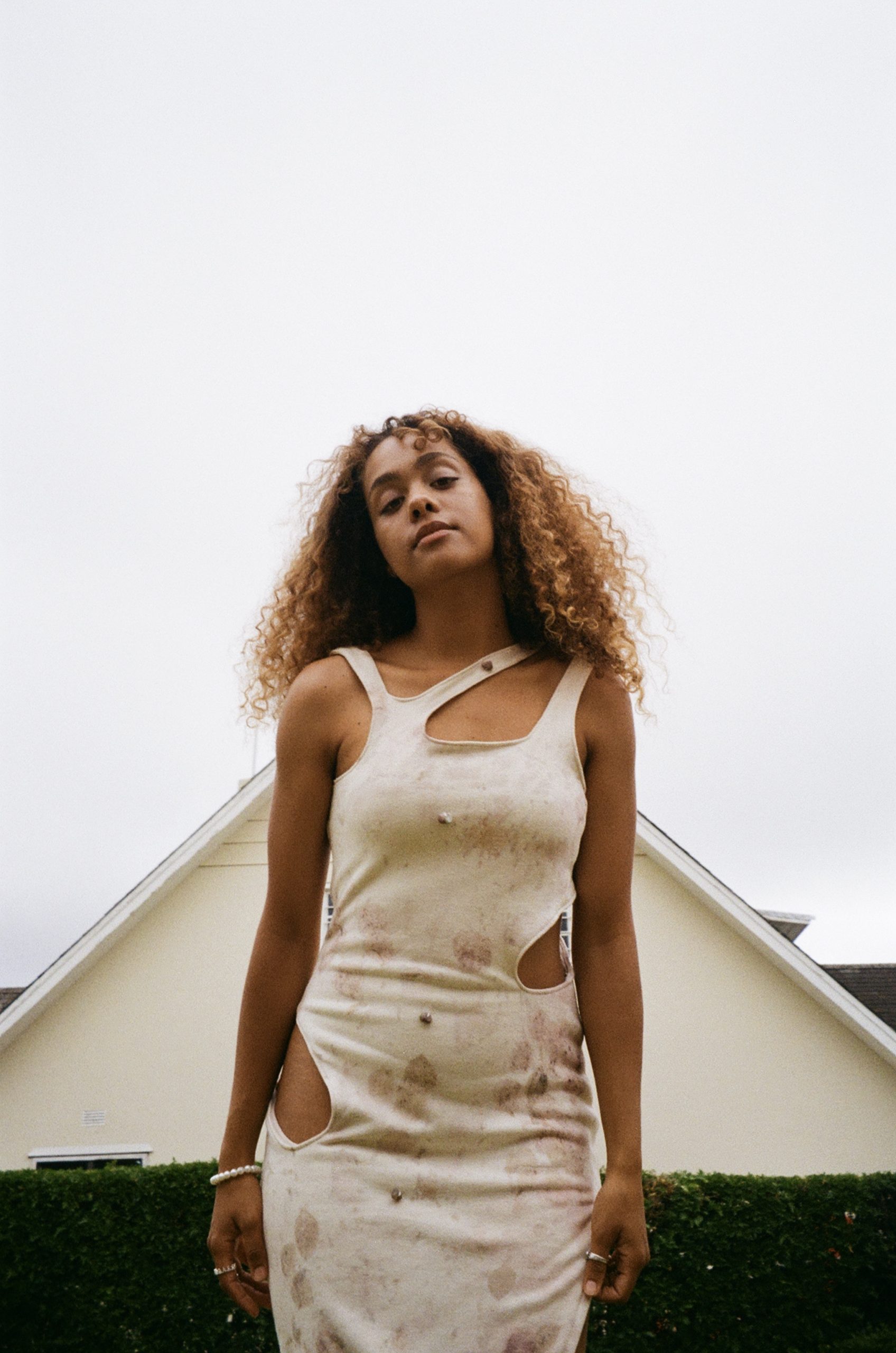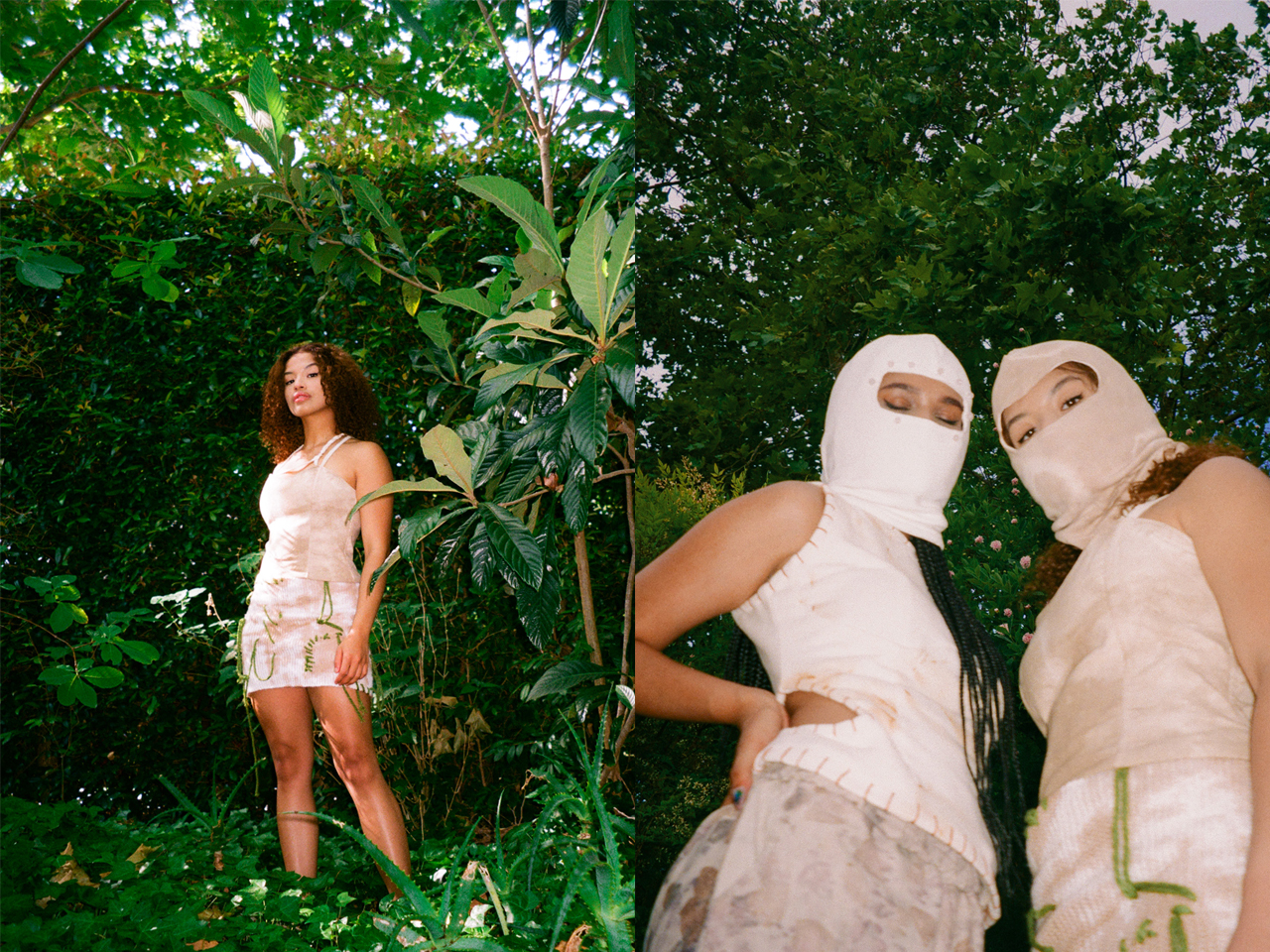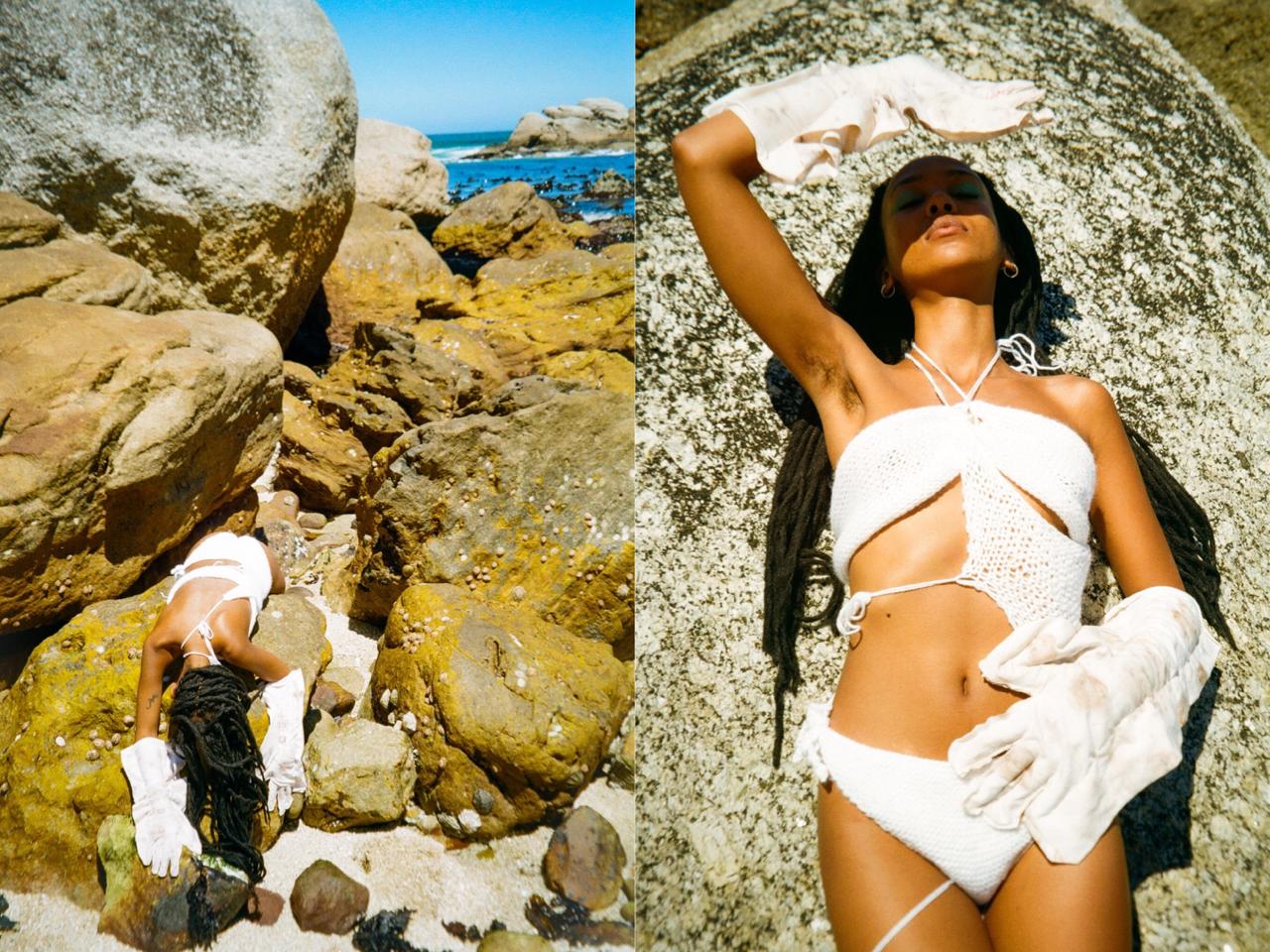‘Sustainability’ has marked the fashion industry as more of a conceptual idea; rather than an actionable initiative; and although we see many ‘sustainability’ reports coming out of large companies and brands; it is really small-scale designers who are responding to the overwhelming need for a quick, dedicated transition towards a circular and fair garment economy.
Tarryn Tippens of Bambi conveys a truly sustainable relationship to her work. Bambi is rooted firmly in small scale, handmade garments—having recently launched her graduate collection in an array of dreamy silhouettes; all naturally dyed. Moreover, Tarryn believes in energetically imbuing her clothing with positive intentions and seeks to create in line with a critically aware perspective of human and planetary health. As both an environmentalist and designer; Tarryn’s work exists at the intersection of cultural, social and ecological evolution beyond the dire “fast fashion” system. This interview is a beautiful reminder of the power held by emerging designers. Those who are not yet jaded by the systemic flaws in fashion and who carry a fresh and purely intended perspective to do better—and ultimately, change the game in its entirety.

What does “sustainability” mean to you in the context of fashion?
My passion for sustainability first came from my love for nature and the environment, although my drive now stems from my love for people. I believe that sustainability in fashion should be centred around people before anything else. To me, sustainability in fashion should be a holistic approach. From the production of materials, to the manufacturing of the product, throughout the products lifespan and up until the disposal of the product. I believe that sustainability in fashion should cover all three bottom lines; social, economic and environmental—while considering cultural sustainability where relevant. In conclusion, my approach to sustainable fashion would be to produce clothing that has little to no harm on the environment, while using materials and design thinking to create garments that have positive effects on the human body. I believe in using sewing and dyeing techniques that serve as cultural preservation, while providing fair wages for the workers involved in the production process. Throughout these processes I believe in creating economic sustainability in order to create a business that has longevity and will be able to give back to the community for long periods of time.

This collection has such an ethereal, dreamy feel to it. What were some of your contemporary and cultural references for creating this mood?
I don’t think I had any specific references. The collection really just came from the connection I had to the materials I was working with. The message of wellness and love really just guided me into creating the pieces. I also never really create pieces I cannot see myself wearing, so that also really just guided me—imagining what I would wear out once lockdown was over. Although there is one brand that I love and I truly admire and its called StoryMFG. I just love everything they stand for. The mood and feel of the photographs [for our shoot] also weren’t referenced, the day [itself] actually went the complete opposite of what we had planned. But it all just made sense once me and all the girls were at the locations and within nature.
In shifting white-washed narratives around ethical fashion; what changes do you feel need to be made in the industry?
I believe that the entire narrative of what ethical fashion looks like needs to be shifted. People often look down on the poor or middle class communities for not being sustainable enough, for not being vegan, for not supporting local brands. Although many people fail to remember that most trends in sustainability right now are inspired by Black and POC communities, a great example of this is thrifting and repurposing. Ethical fashion is very exclusive at the moment, and the industry as well as the masses need to understand that sustainability is relative to circumstance. I feel that this is the only way in which mass culture will begin to adopt sustainability for what it truly is which will then shift the industry. Therefore, through my platform I strive to make sustainable fashion more accessible as well as the knowledge surrounding ethical fashion.

Is there enough support available in South Africa for emerging designers, like yourself?
I don’t believe there is, most of my peers from university are struggling to find jobs and financial support in the fashion industry right now. So many of us are so talented but most of our dreams get cut short due to lack of funding. I am not saying that grants have to be given to every single young independent designer, although I think there is a lack of understanding of the industry and many young people are desperate for guidance on how to [gain access to it]. That’s all young designers want in this country, guidance. Many young designers that have recently graduated rely on the Design Indaba as their first step into the world to showcase themselves as a designer and build a client base. However, since that isn’t even happening this year it’s scary. It’s truly scary graduating in a time like 2021 as everyone is struggling to stay afloat and it’s hard for people to support designers when they can’t even support themselves. Therefore, I am so grateful for publications such as Bubblegum Club for taking on some of this responsibility by publishing my work and other young designers, it means a lot.
What is the vision you are holding for future collections/work?
I will further my practice and study of plant matter, healing materials, their frequencies and how I can use it to positively impact my clients. I would like to incorporate my knowledge as a crystal healer into future collections, I really just want to create garments that are a healing component. I have no specific aesthetic, I just want to make sustainability cool and make people see that ethical fashion is way more interesting than what people portray it to be. My intention will always be to create collections that cause little to no harm on the environment. I come from a poor community and I would love to share the skills and knowledge that I have acquired with woman in my community in order to help them create an income for themselves—and to collaborate with them for future collections whereby they will be able to showcase said skills that they have learnt, therefore truly creating a circular economy.






















































